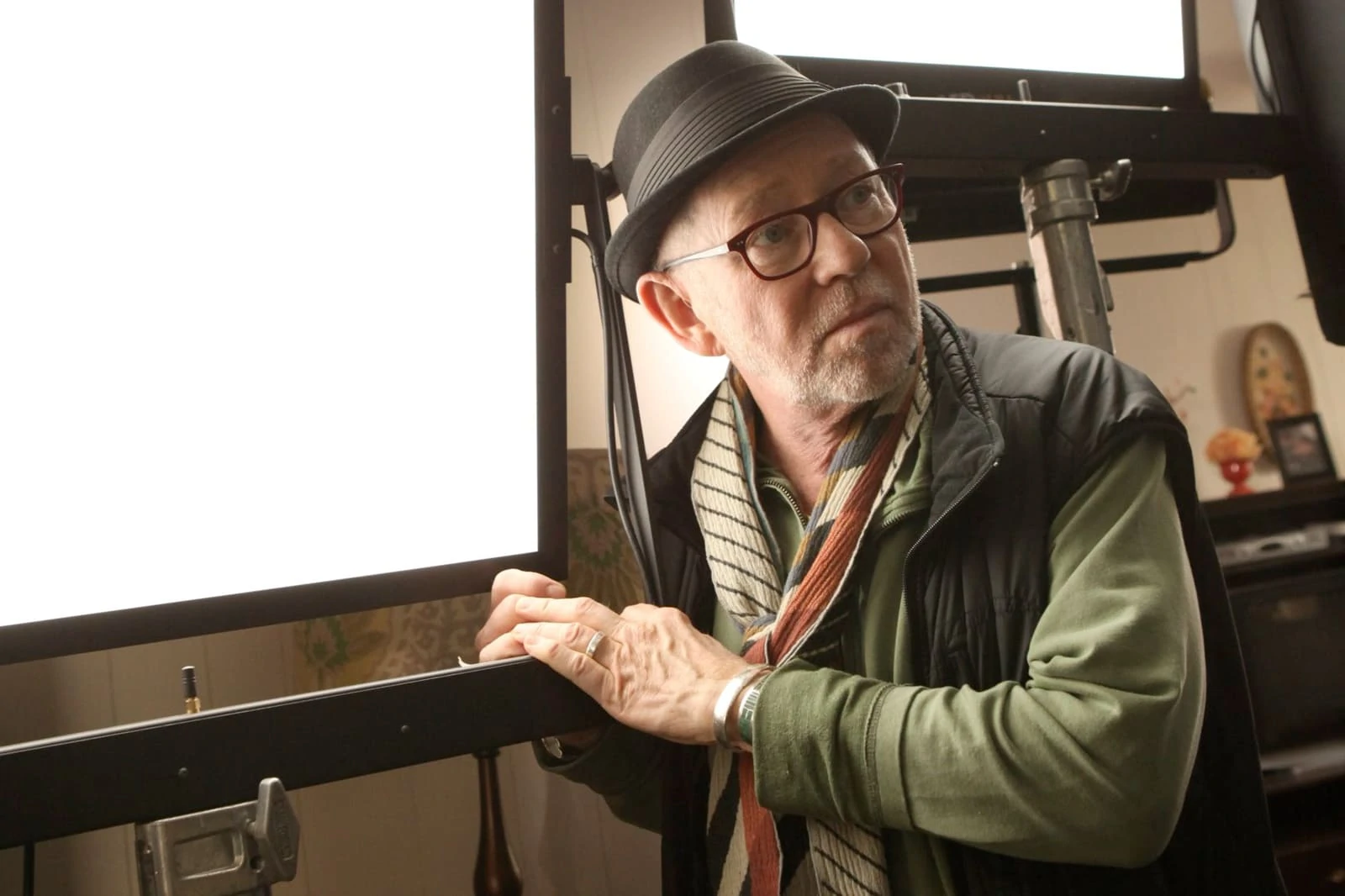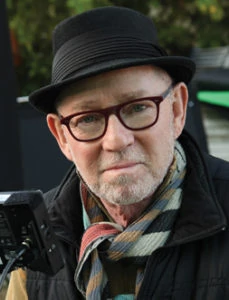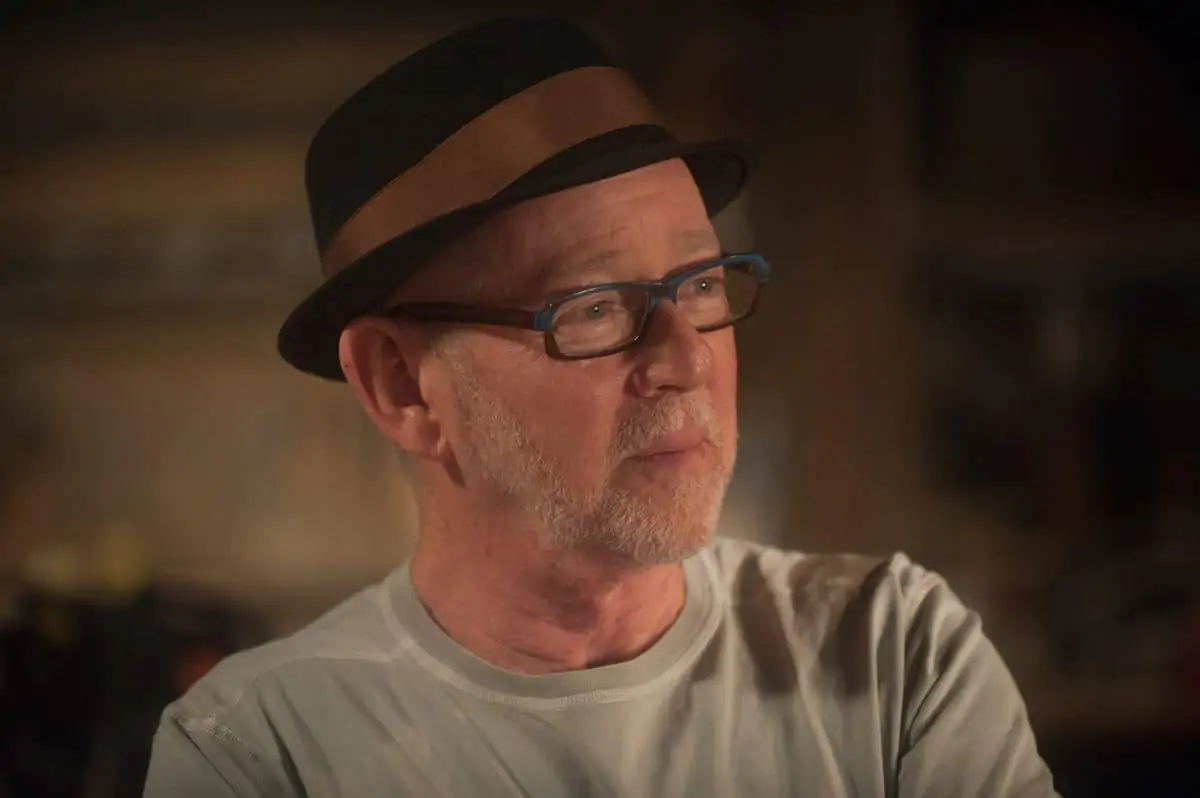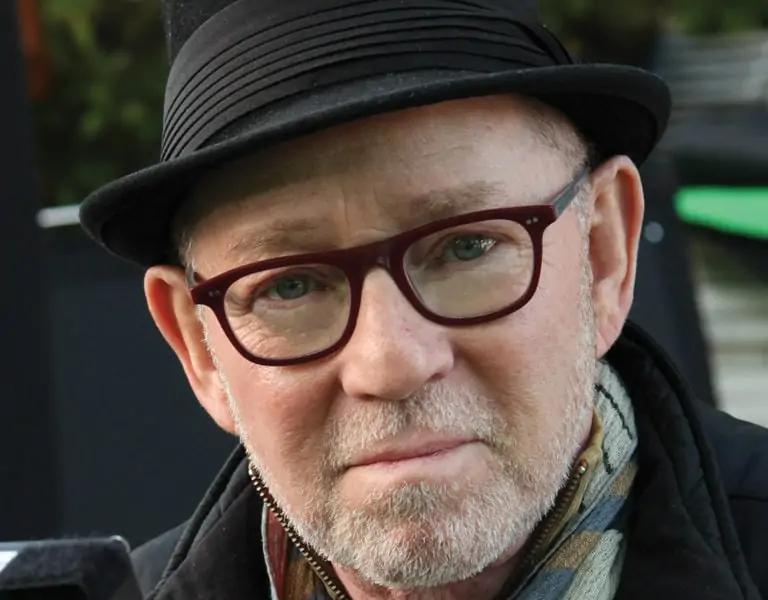Steven Poster ASC: “It’s a new day again”
May 19, 2021

IT’S A NEW DAY AGAIN
We are artists. We are technicians. We are inventors. We are teachers. We are business people. We are traffic cops. But most of all we are story tellers. And we have vision.
We are the only people on a production that have a consistent photographic vision from beginning to the end of a show. But some times we are shy, too shy to get in the mix to protect our photographic imperative. That vision starts developing from the first time we read a script. And that vision doesn’t stop until those images are seen by an audience.
Of course, traditionally, it seemed to be an easier process from beginning to end. When everything was photochemical we could wait for the editing to finish and then come in for a few hours over a period of three or four days, screen with a timer and see the results the next day until we were satisfied with the print. If there were special effects involved, we might be asked to approve a few Sinex strips. But that might have been the extent of our involvement.
It got a little more complicated when Telecine was involved. It wasn’t always easy for us to get invited to these sessions but as more people started watching our work on TV, either through broadcast, VHS tape, DVD and finally Blu-Ray, it became more important for us to try and be at these sessions.
Then the world started changing to digital processing. As more people got their hands on our work, the technology developed to where it became much easier to manipulate and change the images we so carefully made. We somehow became more removed from these processes. Only the very top echelon of cinematographers got to be involved with post-production.
There was a growing need for the world of cinematography to get involved with the development and control of the images. When I was president of the ASC in 2002 I formed the New Technology Committee (now called the Motion Imaging Technology Council, MITC.) with the concept that our whole industry should come together to decide and develop the tools and methods capturing and controlling the images we made to tell our stories. This ad hoc group has been responsible for the Standardized Evaluation Material (StEM) to judge the qualities of projectors as they became digital, the Cinematographers Color Decision List (ASC CDL) embedded grading instructions that can follow the images all through post, assuring the cinematographers that their intent is followed through the many processes before it goes to the screens. This and other initiatives bring us closer to the goal I expressed in the mid 90’s, “The holy grail of digital imaging is an end to end, device independent color management system.”
The movies we made often developed much more complex problems that required pre-visualization, complex compositing, and sometimes even post-visualization and as the complexity increased, these jobs were frequently done by people who never even considered the cinematographer’s input. As the visual effects departments grew to unfathomable sizes, on movies just a few decades earlier, these people became further removed from the initial intent of the image. I remember, in the early days of digital filmmaking, I had to fight my way in just to be involved with these departments.
We’ve certainly come a long way in the eyes of the technology community and now there’s even a more important development in our expanding toolbox. With the advent of virtual production, and the use of game engines and video walls, we are seeing real-time compositing become an important part of our production methods.
Steven Poster ASC
As these trends began to take hold, I felt the widening gap in a very uncomfortable way. Fortunately I was asked in 1989 to do some experimental work in early hi-def with a camera that was developed by Sony NHK and Panavision. I gained enough knowledge from that experience to be just a little dangerous. So over the next decade, I attended many seminars and conventions, sat in on Visual Effects Society symposiums and started attending the Hollywood Post Alliance Tech Retreat.
When I first attended the HPA retreat in Palm Springs, people actually asked me what I was doing there. Why would a cinematographer be interested in this technical world? Along the way I started bringing more people with me and was able to start participating on some of the panels. It actually got to the point where the HPA changed its name to the Hollywood Professional Association because it was clear that the technology discussed worked throughout the production of every movie and the industry became more aware that cinematographers were not only part of the process, in many cases they were the drivers of the vision and the language of movies and television.
This year, Mandy Walker ASC ACS gave the keynote speech. We’ve certainly come a long way in the eyes of the technology community and now there’s even a more important development in our expanding toolbox. With the advent of virtual production, and the use of game engines and video walls, we are seeing real-time compositing become an important part of our production methods. And yes, it takes seven or eight technicians running computers to accomplish this technique, which is in some ways similar to rear screen projection. But as it turns out, before video walls and game engines the process of creating composite images was removed from the set and the artistic hands of the cinematographer and was given to a myriad of technicians and artists doing the compositing, often in sweatshop warehouses, having no connection to the final presentation. Now, once again, the cinematographer has the opportunity to be the lead compositor because it is our artistic abilities that is driving the real-time final images.
There is much to learn about these methods as a cinematographer. Last month, the American Society of Cinematographers put on a three-day, intensive seminar very well put together by Dave Stump ASC, a masterclass for masters, to make sure that we all understood enough about these systems to accomplish and enhance the work of photographing and compositing scenes in camera using this technology to accomplish our artistic goals. In many of these situations, we are now brought in to the pre-visualization and pre-production so that we can enhance the director’s vision from the beginning to the end of our storytelling adventure.
So one again the circle is complete. Somehow the ‘vision thing’ always comes back to the artistic intent of the cinematographer.
BY: STEVEN POSTER ASC


















